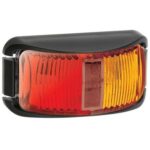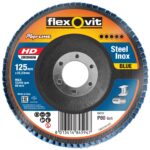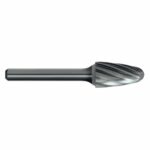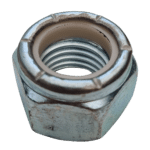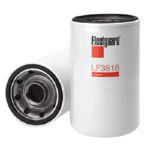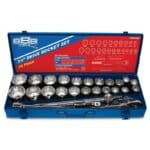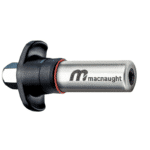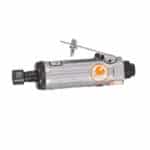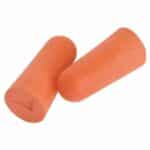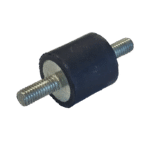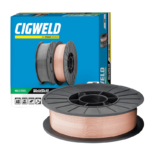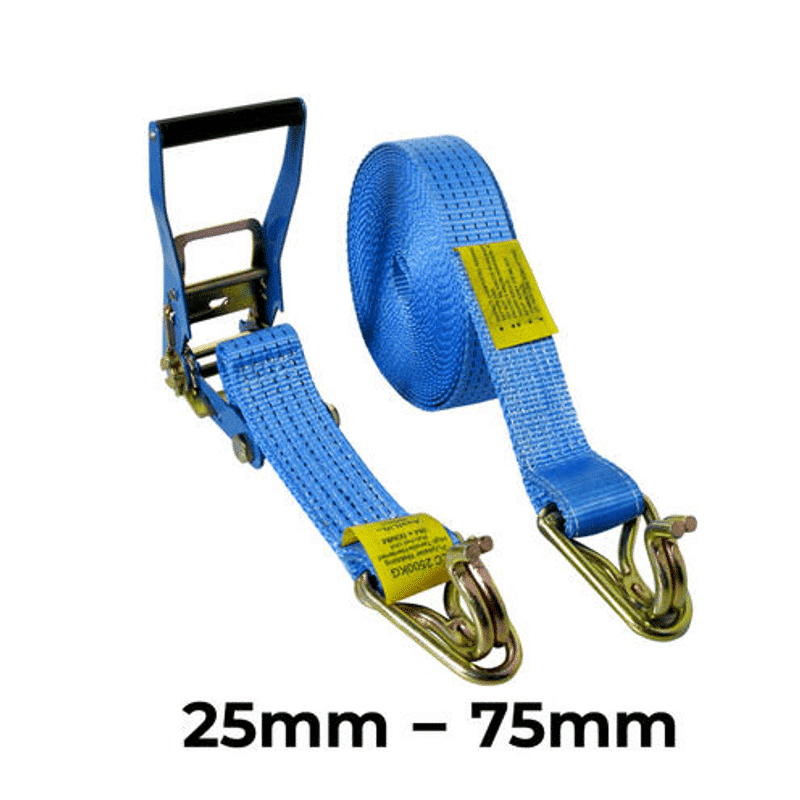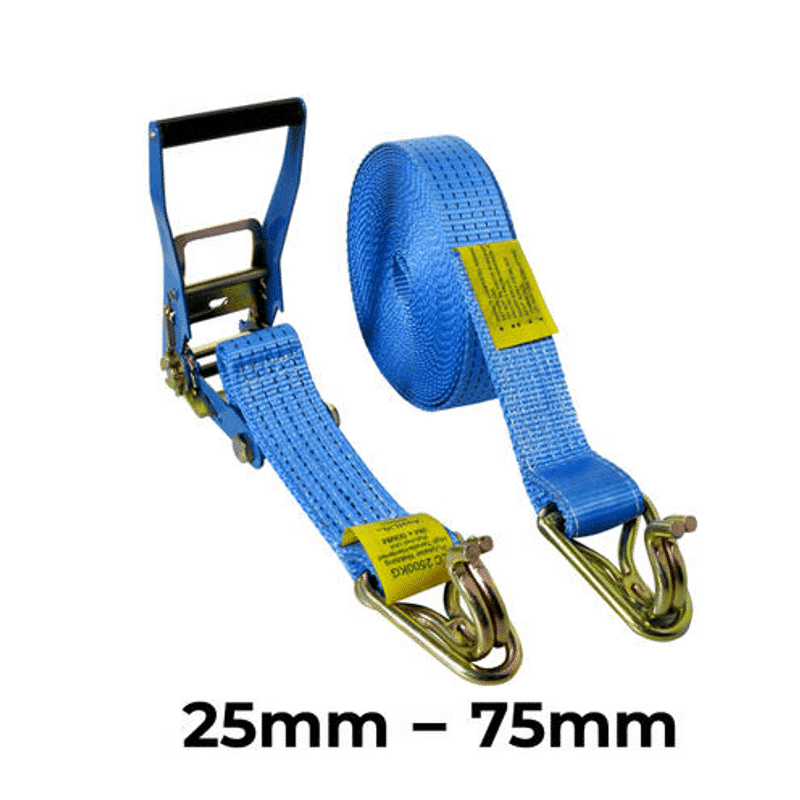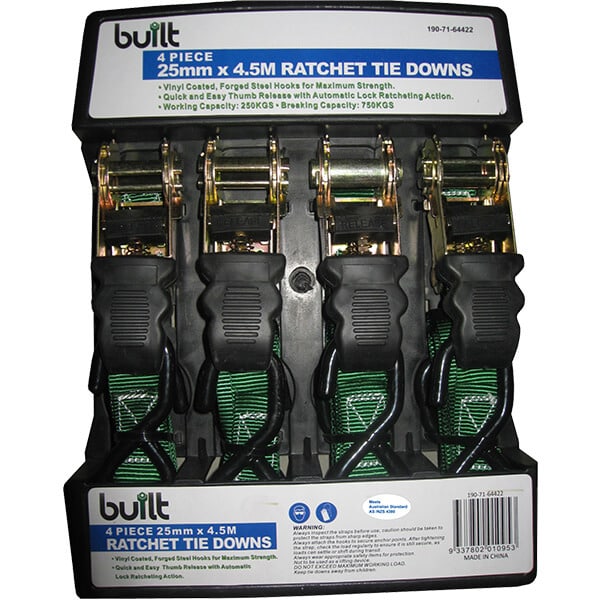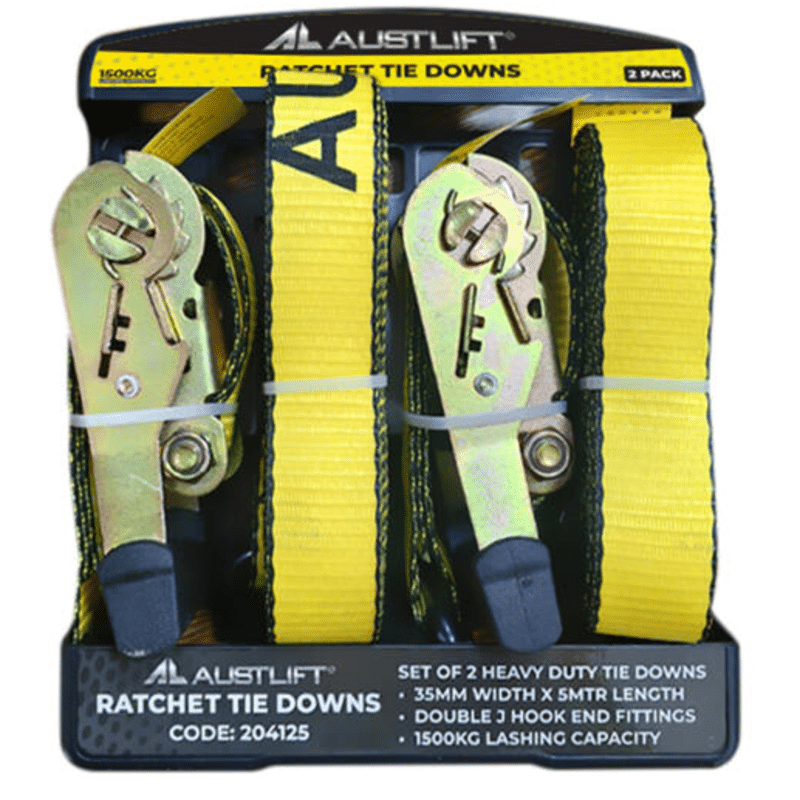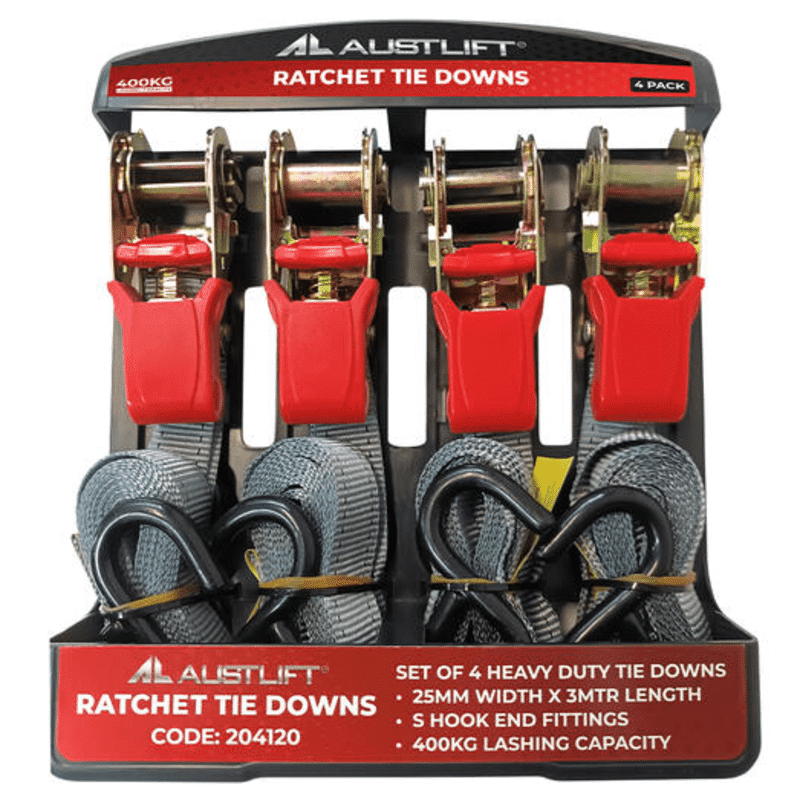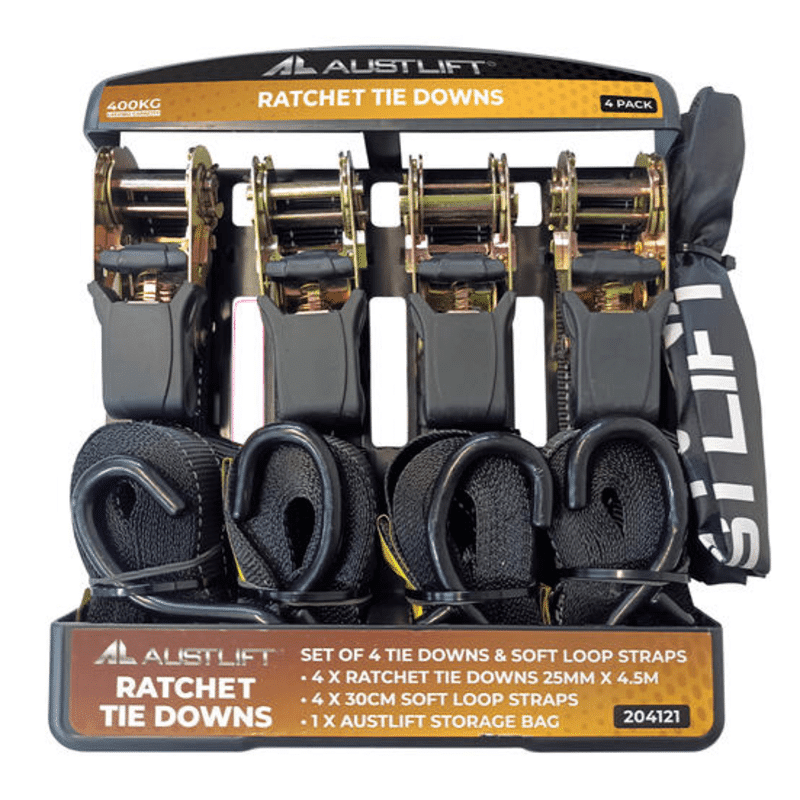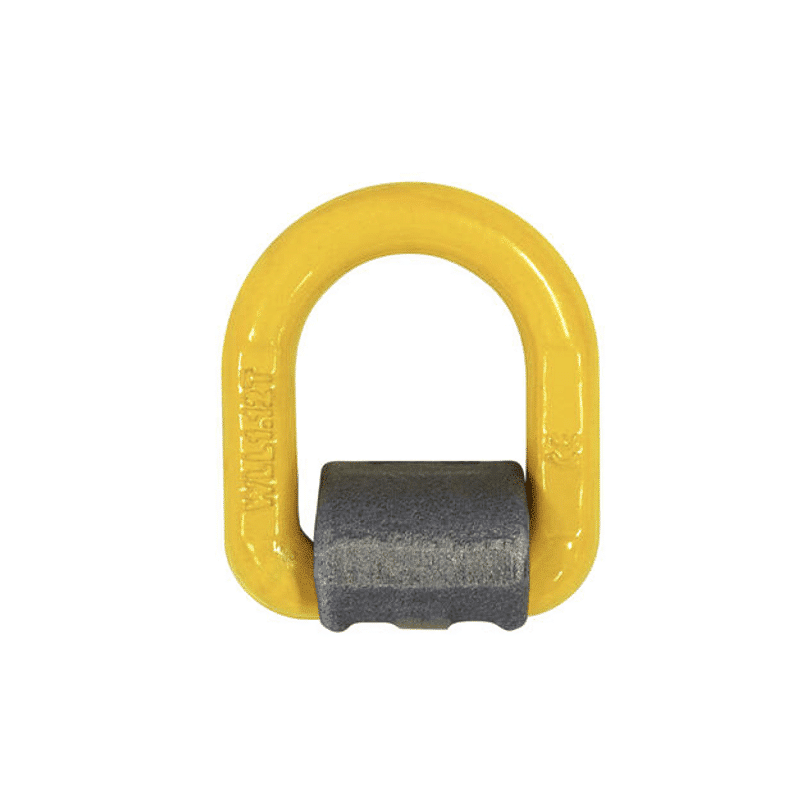What’s News?
Are your tie-down skills a bit to be desired?

Table of Contents
How Not to Be Rat Sh*t at Ratchets
Righto. Time for a confession.
I used to be absolutely rat sht* at ratchets.
Every job turned into a wrestling match. Straps twisted like fettuccine, webbing jammed solid, handle locked tighter than a politician's tax return.
Half the time, my load would’ve been safer wrapped in dental floss.
But after a few years, a few bruised knuckles, and one very close FFS call involving a runaway compressor, I learnt the holy truth.
Ratcheting isn’t brute force — it’s applied physics.
Here’s what keeps your load where it belongs and the law off your back.
The 5 Physics Secrets of a Secure Load. Be smart. Read it....
1.Heavy Loads Don’t Secure Themselves.
The heavier the load, the harder it tries to move.
A 10-tonne block hits the brakes with 8 tonnes of forward force (0.8 g). Corner too fast — 5 tonnes sideways. Hit a bump — another 2 tonnes vertical. Gravity’s not your mate here.
That’s why pros use Austlift Ratchet Straps — Aussie-rated, tagged, and tested to AS/NZS 4380.
2. Strap Angle = Holding Power
- At 90°, your Strap delivers 100 % clamping force.
- At 45°, you’ve lost 30 %.
- At 15°, you’ve got ¼ the strength but still look tight. Keep it steep and straight.
3. Friction’s Your Friend
Smooth or greasy steel is basically ice. Add timber dunnage or anti-slip matting to multiply grip — it’s cheaper than replacing a smashed load.
4. Don’t Mix and Match
Chains barely stretch; webbing does. Combine them, and the chain takes all the hit while the webbing’s still yawning. Result? SNAP. Stick to one system, all chain or all webbing.
5. Everyone’s On the Hook. Don't forget this one.
If it comes off the truck, it’s not just the Driver in strife.
The Legal Lowdown? Who’s Really at Fault?
Under Australia’s Heavy Vehicle National Law (HVNL), the “Chain of Responsibility” spreads the blame far and wide.
If your load gets a little too excited and ends up sightseeing on the highway, the following can all be charged...
- The Driver – for not checking tension or using the proper restraint.
- The Loader – for packing it wrong or using dodgy gear.
- The Packer – if the freight inside pallets wasn’t secured.
- The Scheduler / Consignor – for pushing unrealistic deadlines that encourage shortcuts.
- The Operator / Prime Contractor / Employer – for failing to train staff or supply compliant gear.
The penalties aren’t pocket change — we’re talking thousands in fines, possible licence loss, and in severe cases, criminal charges.
Bottom Line? If you influence the load, you share the liability.
So when you grab quality straps, check your tags, and tie it down right, you’re not just doing it for safety — you’re protecting everyone in the chain, including yourself.
Hooked on Hardware — Choosing the Right Fitting
Not all hooks are equal. Pick the wrong one, and you’ll either fight with it all day or it’ll let go when you least expect it.
Hook Type. Best For Why It Matters
- Flat Hook Flat-bed side rails. The wide contact area spreads the load and prevents tearing of the webbing.
- Wire / Double-J Hook D-rings & tight anchor points. Narrow profile, strong as anything, great all-rounder for utes & trailers.
- S-Hook Light-duty jobs (mowers, bikes, boxes) Quick & cheap but can pop loose under shock — don’t trust it for heavy kit.
- Snap Hook Vibrating or long-haul loads. It features a spring latch, ensuring it can’t unclip — perfect for use with machinery or off-road gear.
- Clevis Grab Hook Grade 70 transport chains. Designed to hook back on itself so you can shorten the chain easily — ideal for weighty industrial loads.
- Chain Extension Mixed materials Bit of chain on the hook end of a webbing strap — gives you chain toughness where you need it, softness over the load.
👉 Pro Tip: Always read the Lashing Capacity (LC) on the tag — that’s the law.
Typical LC ratings (Australian standard)...
- 25 mm Strap ≈ 250 kg
- 35 mm Strap ≈ 1 t
- 50 mm Strap ≈ 2 t
- 8 mm Grade 70 chain ≈ 3.8 t
How to Ratchet Like a Pro (wish I had this quick guide when I was a little apprentice tradie tacker)
- Start Flat. Open the handle fully. Thread the Strap from underneath through the spool slot.
- Lose the Twists. Flat webbing = even tension.
- Pre-Pull. Take out slack by hand first. Avoids a spindle ball of mess
- Click with Control. Full strokes; don’t reef on it. Tight is good — crushed cargo is bad.
- Lock It. Slide the handle all the way down until it snaps shut.
- Release Clean. Pull the tab, open 180 °, and it’ll spin free without jamming.
- Wind It Right. Use a strap winder so next time you’re not untangling a python.
- If it’s wet, let it dry before storage; UV and moisture kill webbing.
Go all Star Wars and Know Your Forces
Your restraint setup must withstand...
- 80 % forward – braking
- 50 % sideways/rear – cornering or acceleration
- 20 % vertical – bumps & potholes
Meet those numbers, and you’re legal, safe, and smugly physics-approved.
Keep It Tight, Keep It Legal
Whether you’re carting steel, scaff, or a dodgy fridge, the rules are the same.
- Know your load.
- Use compliant gear.
- Check your tags.
- Set your angles.
- Re-tension after the first few k’s.
Do that and you’ll keep your licence, your gear, and your reputation intact.
See. No need to be rat shit at ratchets — get the good tie-down gear, wind it right, and hit the road like a pro.
Feel a little safer? Smarta?
Cheers,
Craig.



